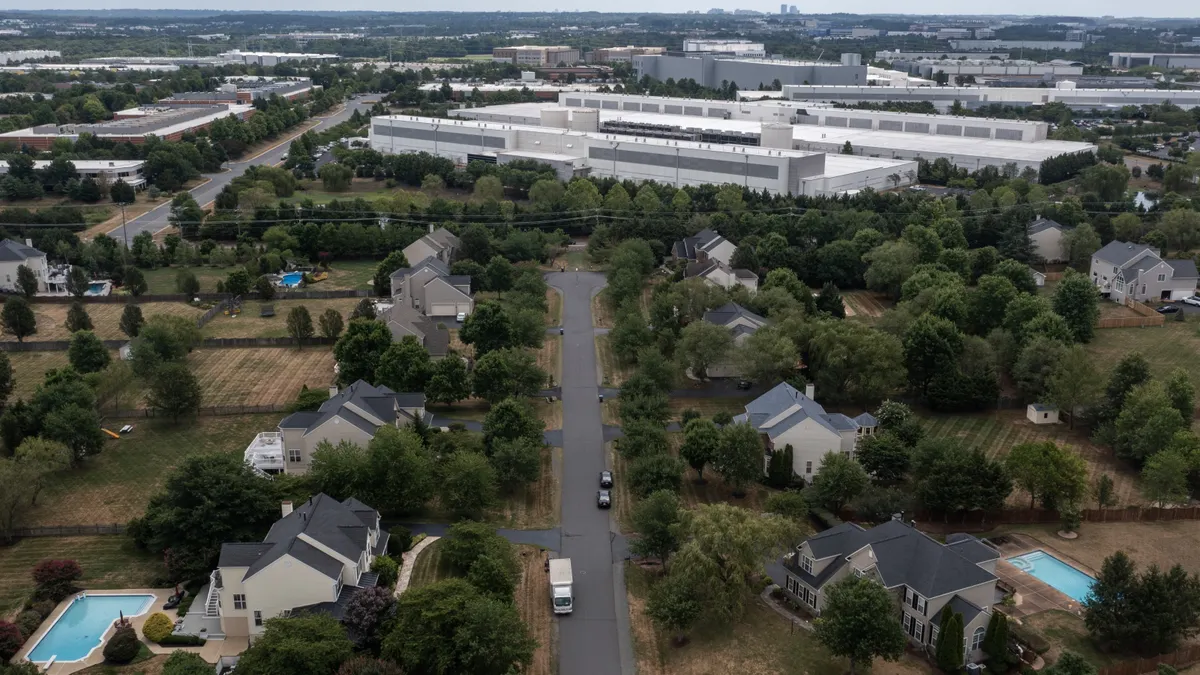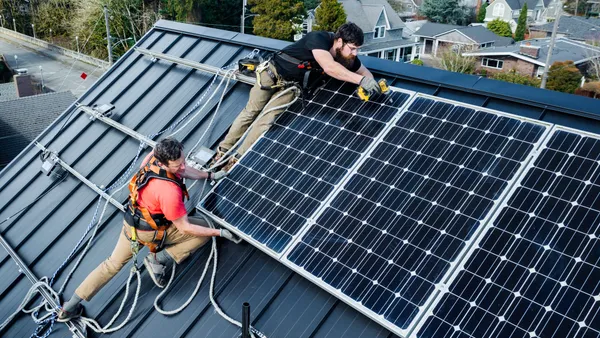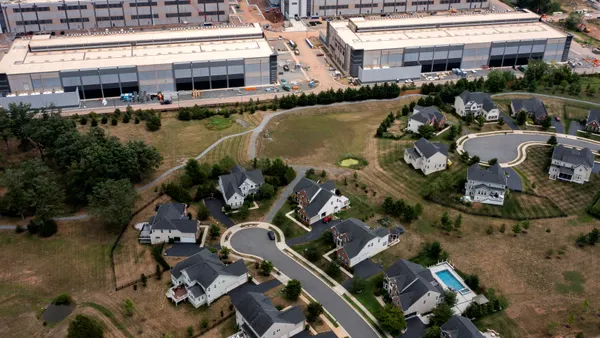Dive Brief:
-
California utility regulators on Thursday opened a proceeding to outline how Pacific Gas and Electric may charge electricity customers to recoup the cost of multiple deadly wildfires that have the company reportedly considering bankruptcy or reorganization.
-
The California Public Utilities Commission (CPUC) voted unanimously to open a docket to implement SB 901, a 2018 law designed to address wildfire risk. The proceeding will determine the methodology for wildfire cost recovery, regulators wrote, but "will not adopt any specific financial outcome for future applications."
-
The move came the same day that Moody's Investors Service downgraded PG&E's credit rating and a federal district court judge in the state warned he may force the company to inspect its entire transmission system before the start of the next fire season in June.
Dive Insight:
The new year has brought wave after wave of bad news for PG&E, which faces billions of dollars of insurance liabilities related to its role in the deadly Camp Fire and other blazes in recent years.
Under California law, the utility can be held financially responsible for fire damages if its equipment ignited a blaze, even if there were no safety violations at the time.
An official determination has not yet been made, but the utility told regulators in December that it experienced a power line malfunction near the ignition point of the Camp Fire the month before.
If state officials find it responsible, the utility has repeatedly warned that fire liabilities — which could reach over $30 billion — exceed its current insurance coverage. California's Attorney General has warned the utility could face murder charges related to the fires, and last week NPR reported PG&E may sell its gas division as it teeters close to bankruptcy.
"PG&E could go bankrupt within the next 60 days," Michael Wara, a lawyer and research fellow at Stanford's Woods Institute for the Environment, told Utility Dive last Friday. "They are basically cut off from capital markets, and the gas system is worth significantly more on its own than its current market capitalization."
California regulators, however, have repeatedly said they do not want PG&E to file for bankruptcy. On Thursday, they opened an proceeding to determine the "maximum amount" PG&E can pay for the fires "without harming ratepayers or materially impacting its ability to provide adequate and safe service."
The criteria developed in the docket will inform cost recovery decisions, but will leave the final determination on how much to charge ratepayers for the fires to the regulators themselves. That issue remains fraught, with many California legislators and activists arguing the state should not "bail out" the utility.
In their order, regulators asked for input on how they should measure the financial strength of PG&E to shoulder wildfire costs, including its debt-to-equity ratio, net income and its credit rating.
That same day, Moody's downgraded PG&E's credit four notches, following a similar move from S&P Global last week. And in November, the utility withdrew all its revolving credit lines, a move that Wara and other experts said often presages a bankruptcy filing or downgrade.
The CPUC wants to move quickly on the docket, requesting initial comments be filed by Feb. 11. The commission aims to issue a scoping memo that outlines wildfire cost recovery by March.












